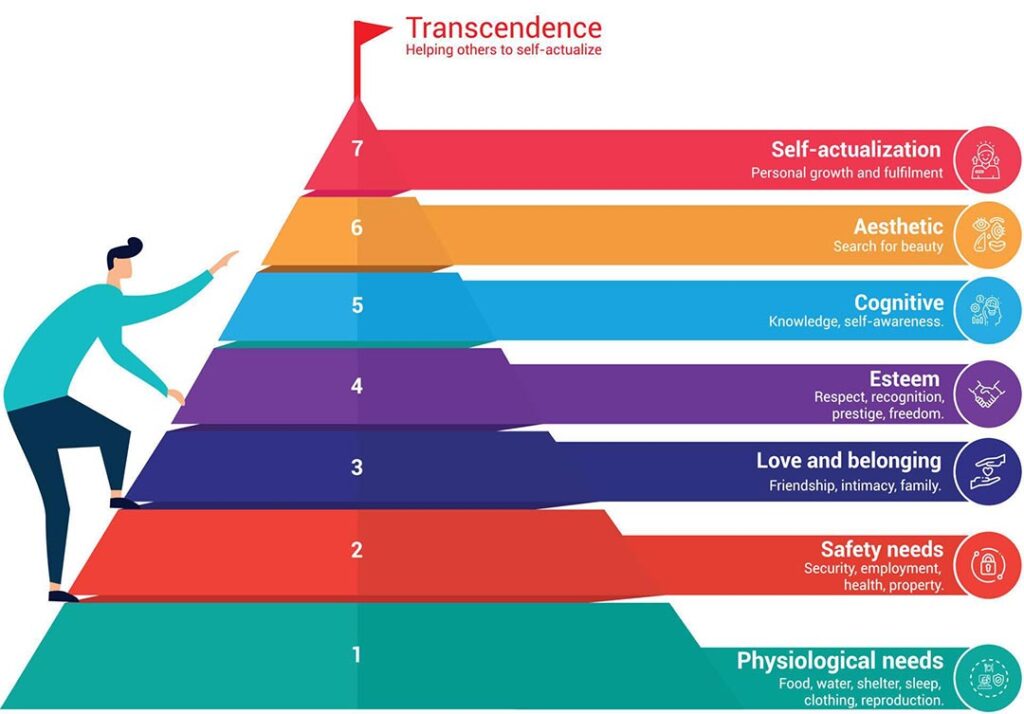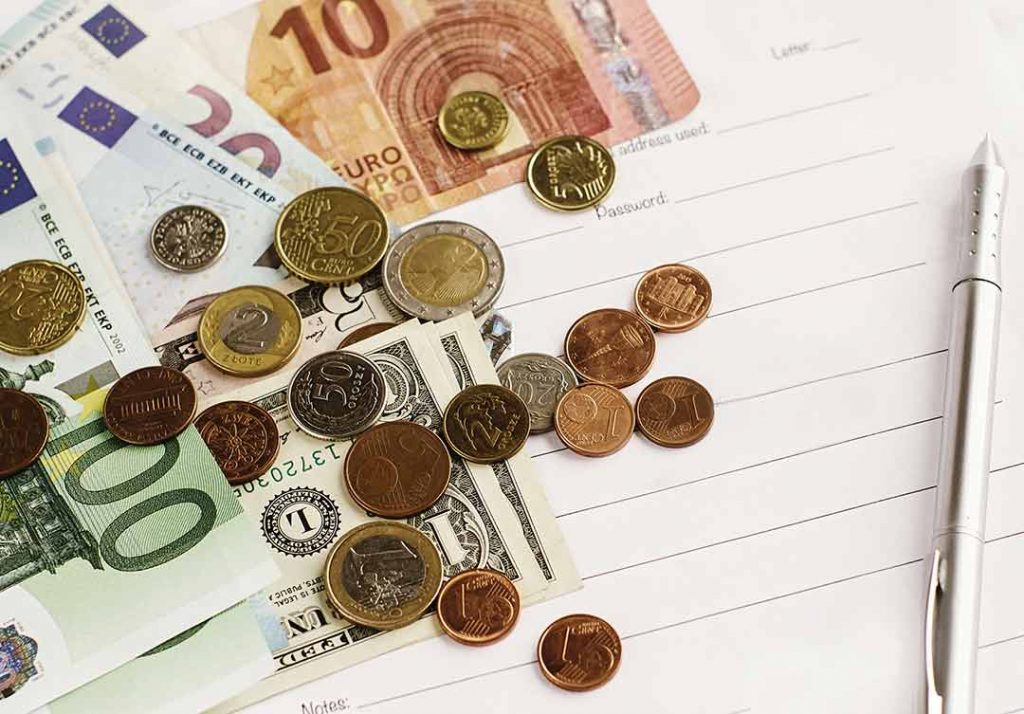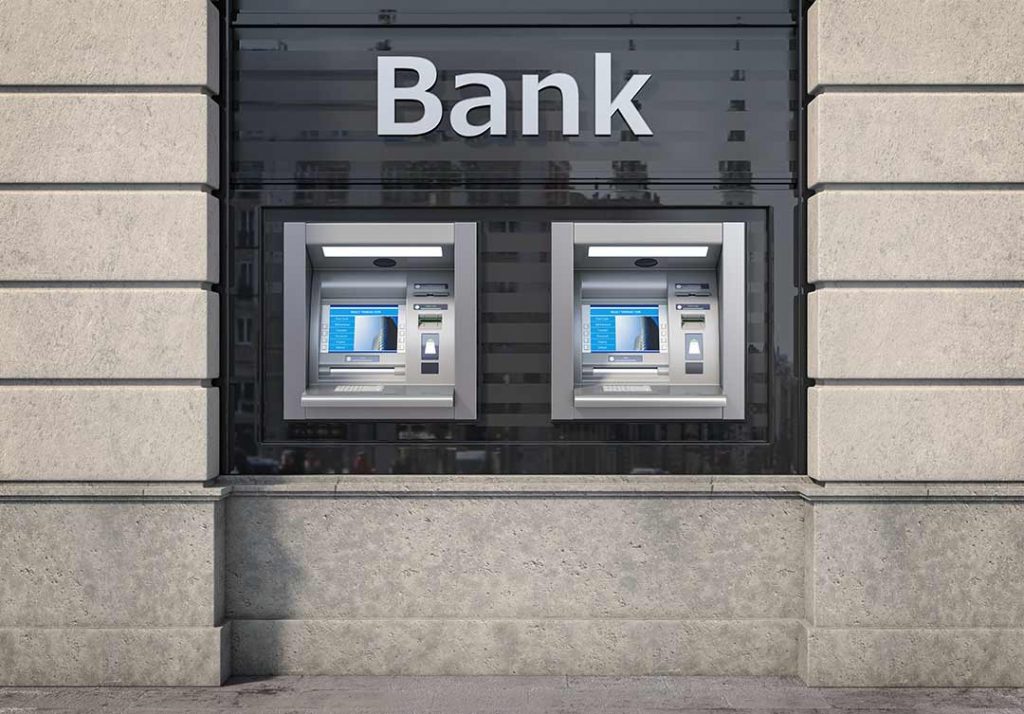Sustainable finance has an important place among the investments made for the future, considering today's conditions. Practices carried out by financial institutions with the aim of protecting green and preserving natural resources are included in this scope. Thanks to practices such as low bank charges, use of environmentally friendly resources and donations to environmental organizations, it is aimed to direct customers to more 'environmental' financial products.
The banking sector carries out important studies to build a sustainable future. These studies are meticulously supervised and developed. Within the scope of environmental sustainability activities, “Green Asset Ratio” has been determined as one of the main performance indicators by the European Banking Authority.
In the report published by the Banks Association of Turkey, the Green Asset Ratio is “a key performance indicator that will measure the amount of climate-friendly loans, advances and debt securities to a percentage figure compared to the total assets on the lender's balance sheet.” is defined as. In the light of the European Banking Authority's recommendation, green asset ratio measurements will be included in the annual report of banks in European Union countries.
This practice, which is expected to start as of 2022, includes key points in terms of understanding whether the activities carried out within the bank are sustainable or not.
Green Asset Ratio will cover all risks involving financial and non-financial companies (SMEs, households and local governments/municipalities) in the bank portfolio, including loans and advances, debt securities, equity instruments and reclaimed real estate guarantees. They will have to publish three more indicators that show the extent to which off-balance sheet risks are due to climate-friendly activities.” As can be understood from this statement in the report published by the Banks Association of Turkey, the green asset ratio will prevent the sustainability activities carried out in banks from being gathered around a single application.
Initially, banks' green asset ratios are expected to be low. In this regard, the report published by the European Banking Authority in May 2021 estimated an average Green Asset Ratio of 7.9% for a sample of 29 EU banks. It should also be taken into account that there are factors beyond the control of the banks in this low rate. Limitations within the EU taxonomy, not including sectors that are not yet included in the calculation, can be given as examples of these factors.
Banks should show great care in calculating the green asset ratio. If for any reason it is understood that the green asset ratio reported by the bank is incorrect, the bank will have taken the risk of 'greenwashing'. In order to prevent such situations, a very systematic way should be followed in the collection and analysis of data. Banks should proceed in a very transparent manner in this context. It is critical to ensure transparency, especially in the first years when the green asset ratio will be implemented. Addressing sensitive points such as the limitation and quality of the data used in the calculation of the ratio, the change in the green asset ratio over the years and the reasons for this change will accelerate the transition process.
The Turkish banking sector has gained momentum in green financing practices, especially in recent years. The spread of internet banking applications and regulations such as the transition to electronic invoice are only a small part of the examples that can be given. As stated in the Financial Stability Report published by the CBRT in May 2021, the banking sector has issued a total of $1.8 billion in sustainable and environmentally friendly bonds with an average of 5 years since the beginning of the covid epidemic. These results, especially during the epidemic, are very important statistics for the future of sustainability and green banking in Turkey. It is worth mentioning that the green asset ratio implementation in Turkey will not be an extreme picture compared to other countries that have been implemented, and that the ratio estimates mentioned above are also valid for our country. However, it should not be forgotten that the green asset ratio, which is a key performance indicator, should be considered as an important indicator rather than being the sole criterion of green finance and sustainability practices. It should be considered as a part of a whole in determining the “greenness” of the bank in question.
Considering the green asset ratio in the light of current information, it will have an important place in the follow-up of green financing practices and in quantitative comparisons. It is essential for banks to follow a transparent path in green asset ratio calculations so that shareholders and the public sensitive to this issue are faced with a clear and understandable picture. The EU Taxonomy changes and develops with the regulations coming every few months, and in the light of the rates to be calculated for the first time, important data will be collected for the development of the green asset ratio application. Besides the green asset ratio, banks are required to provide detailed information on green asset ratio targets for 2030 and compliance with 2050 net zero targets. These articles are for the close follow-up of climate-friendly practices and the preservation of the dynamism of the work.
In the long term, it is possible to say that the green asset ratio will have the targeted accuracy with the improvements to be made. In this way, it will be easier for the shareholders and the public to access quantitative data. Customers sensitive to sustainability will have the opportunity to make a decision by examining the green asset ratio and the bank's future plans in this regard. In short, we can say that for a sustainable future, the green asset ratio and the accompanying regulations will be a flashlight and will provide clarity for larger steps.
References: https://www.tbb.org.tr/Content/Upload/Dokuman/7736/Bilgi_Notu-Yesil_Varlik_Orani.pdf
https://www.tcmb.gov.tr/wps/wcm/connect/82b86baf-01ad-4eb1-a01d-2210c21fa37d/FİR32_TAM+METİN.pdf?MOD=AJPERES&CACHEID=ROOTWORKSPACE-82b86baf-01ad-4eb1-a01d-2210c21fa37d-nCNUPbu
https://www.eba.europa.eu/sites/default/documents/files/document_library/Publications/Reports/2021/1001589/Mapping%20Climate%20Risk%20-
%20Main%20findings%20from%20the%20EU-wide%20pilot%20exercise%20on%20climate%20risk.pdf
Share:
Related Articles

Understood Employees Contribute and ...
In the corporate world, we often hear statements like: “They’re talented, b ...

The Silent Power of Corporate Succes ...
In today's business world, organizations operate in an environment shaped b ...

Customer Relations and Training in B ...
Bancassurance, a business model in which banks market insurance products to ...

What Awaits the Business World? A St ...
Digitalization is no longer just a technological trend but a necessity for ...

Digital Transformation in Conflict M ...
Conflict is a reality we encounter in all aspects of life. Whether at home, ...

The Road to Success: Market Dynamics ...
In today’s rapidly changing market conditions, the importance of management ...

Leadership in the Digital Age: A New ...
Leadership in the digital age requires embracing continuous learning, innov ...

Mastering Risk Management
Mastering risk management is not merely an option for businesses but a nece ...

International Banking in Germany: A ...
Germany, with its strong industrial structure, high-technology products, an ...

Leadership and Maslow's Hierarchy of ...
Abraham Maslow's hierarchy of needs is a fundamental psychological theory u ...

Leadership and Sustainability of Org ...
Today's business world is characterized by continuous change, technological ...

The Importance of Coaching Skills f ...
The Importance of Coaching Skills for LeadersCoaching skills are essenti ...

Fintech in Turkey: The Rise of Finan ...
Fintech in Turkey: The Rise of Financial Technology

Bancassurance
Bancassurance is a business model that is among the financial services offe ...

Banking and Frankfurt
When the banking and finance sector in Europe is analyzed, it is seen that ...

Digital Banking and Germany
Digital banking is a banking service where customers can do their banking o ...

Banking in Germany
Euro used since 2002 in The Eurozone, the currency of 19 EU members. There ...

Strategic Communication
Strategic communication plays a critical role in the success of an organiza ...

Importance of Supply Chain
The supply chain is a critical factor in which a company manages the flow o ...

Key to Success: Going Digital
Digital transformation is a transformation process that aims to increase th ...

Welfare
Poverty and inequality are one of the biggest challenges the current societ ...

ChatGPT
ChatGPT, developed by the OpenAI company known for its work and research in ...

What is Emotional Intelligence and w ...
Emotional intelligence (also known as emotional quotient or EQ) is the abil ...

The Importance of Women's Employment ...
Women's participation in the workforce is closely related to the level of d ...

Digital Banking II – Digital Banking ...
A serious step taken for the spread of “digital banking” in Turkey, providi ...

The Perception of Morality within Ma ...
If everybody in the world jumped out of a window, would you? This question ...

Digital Banking
Digital banking is a banking technology that offers customers the opportuni ...

Banking, Artificial Intelligence and ...
We have heard the concepts of metaverse, artificial intelligence and machin ...

Green Asset Ratio
Sustainable finance has an important place among the investments made for t ...

Servant Leadership
There is an effective form of management that we often hear about today: se ...

Sustainability In The Global Banking ...
Before Covid-19 wreaked havoc on the world’s economies, the global banking ...

Revolution of Digital Banking
With the European Central Bank considering to investigate for a digital cur ...

Taking Action and Making Decisions i ...
Uncertainty is the fact that an event is not within the framework of certai ...

Wind of Change
Change is an important concept that must be managed for employees at all le ...

Organizational Justice
“What is justice? Giving water to trees. What is injustice? To give water t ...

Open Banking
Digital transformation has started to show its effects in every aspect of o ...

Digital Literacy And Corporate Life
There are many innovations that managers and employees need to follow in or ...

Financial Literacy
The words money and economy are two important concepts that have a great pl ...

Sustainability and Bank
The solutions we have found to our various needs throughout history and ada ...

Adaptability, Flexibility and Leader ...
Being able to adapt to changing conditions is very, very important not only ...

Creativity and Leadership Relationsh ...
The world is getting more competitive every day. For this reason, the servi ...

Competitive Analysis and Banking Sec ...
Competition analysis requires you to examine your direct and indirect compe ...

Delegation in Management
The statements "two heads are better than one" or "teamwork makes the dream ...

Climate Change
All creatures evolve to best adapt to environmental impacts. Those who are ...

Change of Banking Service Channels i ...
Global crises such as the pandemic, force the existing structures to change ...

Innovation
It is undeniable that innovation has a very important place in today's worl ...

Artificial Intelligence
Artificial intelligence is no longer just something specific to science fic ...

Entrepreneurship
Entrepreneurship is the process of starting a new business that incorporate ...

Global Leadership
The world is changing day by day and the information we have today is out o ...

Resilience and Leadership
We encounter many events in life that cause us difficulties and stress. How ...

Entrepreneurial Spirit for Leaders
Why is important for success? The conventional perception of entrepreneursh ...

Finance Leadership in a Pandemic
Crises bring along a period in which institutions need to review their fina ...

Crisis Management
Crisis is a state of tension that puts the existence and goals of an organi ...

Strategic Leadership and Pandemic
Strategic Leader is the person who sets the roadmap to achieve the ultimate ...

Awareness, Appreciation, Success
It is very important for a person to recognize himself, discover his power ...

Woman and Career
People who are raised by unemployed mothers have a mother model in their mi ...

Conflict Management
In the broadest sense, conflict is disagreement between two or more people ...

Leading with Kindness
Kindness is an important virtue. Kindness in all areas of life makes relati ...

Smart Meetings
Meeting management is the process of managing all stages and components of ...

Negotiation Management
Negotiation is defined as a dialogue aimed at reaching a common and benefic ...

Virtual Leadership
The repercussions of the digitalization process in business life were sprea ...

Manager and Patience
Patience is an important concept in management. Patience is active, not pas ...

Being All Ears
Human beings differ from other creatures in their way of communicating. Com ...

Networking
The fact that managers in the corporate world act with awareness of network ...

Asking Strong Questions
For managers, asking a strong question is an important skill. Managers, who ...

Managing Yourself
The manager at work is in communication with the other parts of the busines ...

Mental Immunity
In the fight against Coronavirus (Covid-19) pandemic, knowledge and awarene ...

